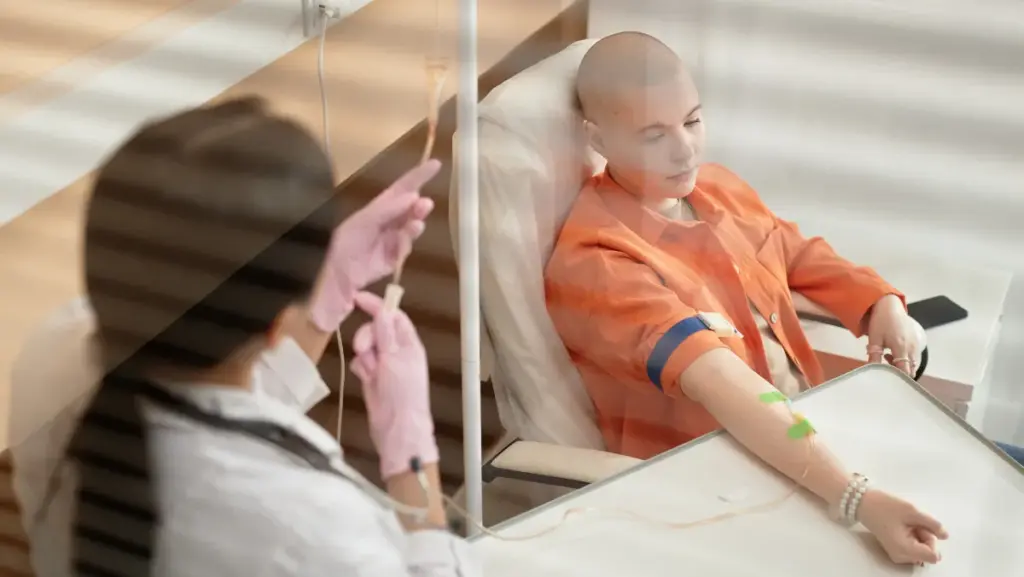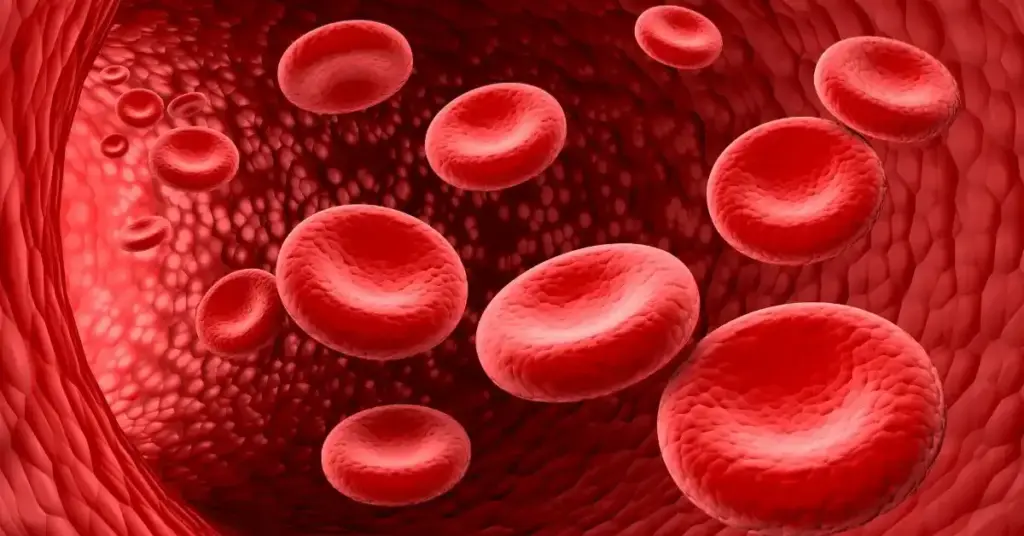
Hearing the word cancer can feel overwhelming. Many women immediately wonder how it might affect their health, family, and future. The truth is, knowledge and awareness can make a powerful difference. Understanding female cancer symptoms and knowing when to seek medical advice are important steps toward early detection and better outcomes.
In this guide, we’ll gently walk through the most important points: what are the symptoms of cancer in female, the most common types of cancer in females, warning signs, risk factors, prevention, and when to talk to your doctor.
Not every symptom means cancer, but listening to your body is essential. Some changes may seem minor at first but deserve medical attention if they persist. Common female cancer symptoms include:
Recognizing what are the symptoms of cancer in female and acting early helps doctors begin treatment at the right time.
Women can be affected by different cancers, but a few are more common. The most common types of cancer in females include:
Each cancer has its own set of signs, but being mindful of overall female cancer symptoms is the first step.
While each cancer is unique, there a
If these signs of cancer in women continue for more than a few weeks, consult a doctor.
Certain factors increase the likelihood of developing cancer:
Knowing your risk factors allows you to take proactive steps.
Prevention doesn’t guarantee protection, but it reduces risk and improves early detection. Important steps include:
It’s time to seek medical guidance if you experience:
Doctors are here to guide you, and early discussions often bring peace of mind.
Awareness of female cancer symptoms is one of the most powerful tools women can have. By paying attention to your body, staying consistent with preventive care, and talking openly with your doctor, you greatly improve your chances of early detection and effective treatment.
Hearing the word cancer can feel overwhelming. Many women immediately wonder how it might affect their health, family, and future. The truth is, knowledge and awareness can make a powerful difference. Understanding female cancer symptoms and knowing when to seek medical advice are important steps toward early detection and better outcomes.
In this guide, we’ll gently walk through the most important points: what are the symptoms of cancer in female, the most common types of cancer in females, warning signs, risk factors, prevention, and when to talk to your doctor.
What Are the Symptoms of Cancer in Female?
Types of Female Cancers
General Warning Signs of Cancer in Women
Risk Factors Specific to Women
Preventive Measures and Screening
Ways Women Can Reduce Their Cancer Risk
When to Talk to Your Doctor
Conclusion
Not every symptom means cancer, but listening to your body is essential. Some changes may seem minor at first but deserve medical attention if they persist. Common female cancer symptoms include:
Recognizing what are the symptoms of cancer in female and acting early helps doctors begin treatment at the right time.
Women can be affected by different cancers, but a few are more common. The most common types of cancer in females include:
Each cancer has its own set of signs, but being mindful of overall female cancer symptoms is the first step.
While each cancer is unique, there a
If these signs of cancer in women continue for more than a few weeks, consult a doctor.
Certain factors increase the likelihood of developing cancer:
Knowing your risk factors allows you to take proactive steps.
Prevention doesn’t guarantee protection, but it reduces risk and improves early detection. Important steps include:
It’s time to seek medical guidance if you experience:
Doctors are here to guide you, and early discussions often bring peace of mind.
Awareness of female cancer symptoms is one of the most powerful tools women can have. By paying attention to your body, staying consistent with preventive care, and talking openly with your doctor, you greatly improve your chances of early detection and effective treatment.
A woman may notice persistent changes such as unusual lumps, abnormal bleeding, prolonged fatigue, unexplained weight loss, or pelvic pain. These can be female cancer symptoms that should not be ignored. However, only a doctor can confirm cancer through tests like imaging, biopsies, or lab work. Early consultation ensures accurate diagnosis and timely treatment.
Technically, there is no stage 5 in cancer staging. Most cancers are classified from stage 0 to stage 4. Stage 4 means the cancer has spread to distant organs and is advanced. Sometimes people use “stage 5” informally to describe very advanced disease, but medically, the staging system ends at stage 4.
Blood tests alone cannot diagnose cancer, but they can provide important clues. Some cancers release substances called tumor markers, which can be detected in the blood. Doctors also look at blood counts, liver, and kidney function to spot unusual patterns. A definite diagnosis usually requires imaging or biopsy in addition to blood work.





